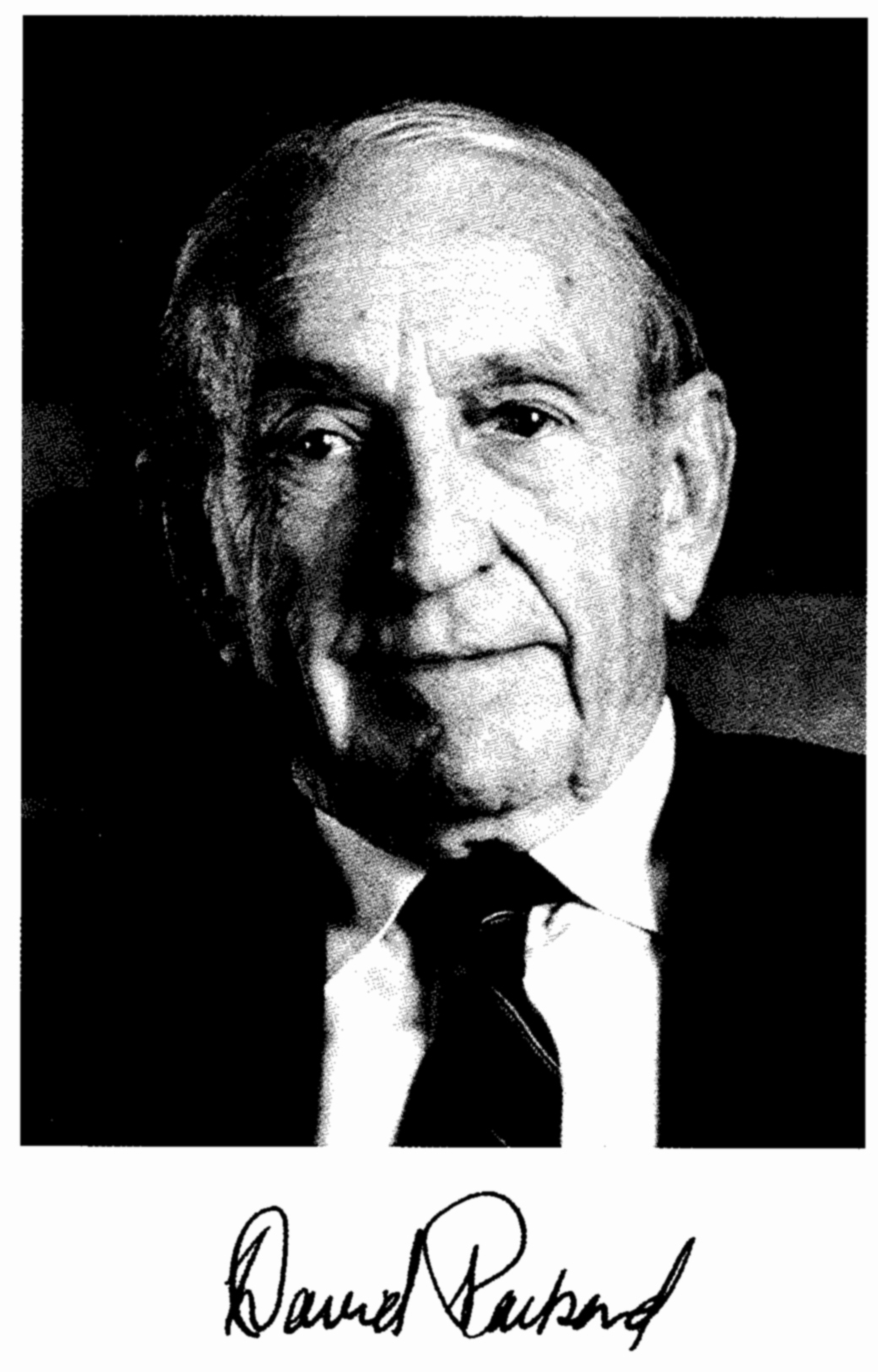Page 207
ROBERT E. McINTOSH
1940–1998
BY MERRILL SKOLNIK
ROBERT F. MCINTOSH, distinguished university professor at the University of Massachusetts, died at the age of fifty-eight on July 10, 1998, in Amherst, Massachusetts, following a lengthy illness. He was widely noted for his pioneering work in the use of microwaves for remote sensing of the environment as well as his leadership in making the university he served for more than thirty years internationally recognized as one of the outstanding schools for microwave engineering.
Professor McIntosh was born on January 19, 1940, in Harford, Connecticut. He received the B.S. degree in electrical engineering from Worcester Polytechnic Institute, the S.M. degree in engineering from Harvard University, and the Ph.D. in electrical engineering from the University of Iowa in 1967. He joined the Department of Electrical and Computer Engineering at UMass Amherst in 1967 at a time when few in the electrical engineering profession had heard of the department. Although it takes many devoted individuals among the faculty and the university administration to ensure the success of a university electrical engineering department, there is little doubt about the strong influence that Professor McIntosh had. He brought together an outstanding faculty who worked to establish a vigorous and pioneering engineering research program in microwaves and remote sensing, a program that is highly regarded by his peers. He was also exceptionally effective in developing outstand-
Page 208
ing students, an important measure of success of an academic program. His accomplishments as an engineering leader and educator can be attributed to his talent and interest in advancing the knowledge of engineering, his friendly style of leadership, his devotion and compassion for students, his stimulating and caring relations with colleagues, and his unselfish service to the profession of electrical engineering.
Professor McIntosh's contributions to research were mainly in the use of microwaves and millimeter waves for remote sensing of the sea, earth, and atmosphere. He and his students pioneered in applying millimeter wave radar (up to frequencies as high as 225 GHz) for better understanding the nature of clouds by determining cloud particle size distributions and concentrations, and the composition of atmospheric water and ice important for global warming studies. Other areas of sensing geophysical phenomena were also part of the UMass remote sensing agenda. These areas included determination of the scattering properties of natural surfaces such as foliage and snow-covered terrain, the use of digital high-resolution antenna beam-forming array systems to investigate the microwave scattering mechanisms of the ocean surface, and measurement of ocean wave spectra and ocean surface currents. UMass was the first to use beam-forming techniques to probe the atmospheric boundary layer for investigating clear air turbulence. Professor McIntosh's work involved sensing from ground-based, shipboard, and aircraft platforms. Along with Calvin Swift, his friend and colleague for many years, he founded Quadrant Engineering, Inc., which specializes in the design and manufacture of microwave and millimeter wave systems for remote-sensing applications.
Professor McIntosh was an experimentalist with a passion for the practical aspects of electrical engineering, but also with a broad and deep understanding of the theory that underlies observable phenomena. He wisely imparted this philosophy to his graduate students. His students were not monolithic, but were required to be involved in all aspects of research: from the defining concept of the experiment to the design, building, or assembly of equipment to the use of the equipment to probe the environment (sometimes in a remote location or flying in an
Page 209
aircraft through a hurricane) and from collecting and analyzing the data to determining what new understanding has been acquired. The success of his students is testimony to the success that Bob McIntosh had as an electrical engineer and educator.
Professor McIntosh would sometimes load up his van with his graduate students and drive them to an Institute of Electrical and Electronics Engineers (IEEE) conference and spend several days with them, introducing them to the world of electrical engineering. Other professors might do something similar, but I was impressed that Bob would also stay in the dorms right along with his students.
Many engineers serve their particular professional society in some manner during their careers. Bob McIntosh did more than might be expected. He was one of the few who had the honor of being elected as president of two IEEE societies: the Geoscience and Remote Sensing Society in 1984 and the Antennas and Propagation Society in 1985. He was the editor-in-chief of the IEEE Transactions on Antennas and Propagation from 1989 to 1992, associate editor of Radio Science, the chair of international conferences, and editor of special issues of journals. He was also well known within the IEEE Microwave Theory and Techniques Society and the International Union of Radio Science, and was known for his leadership in establishing particularly close ties between his university and the microwave industry.
The many honors Bob McIntosh was accorded throughout his illustrious career need not be detailed here. He was a productive and influential engineering researcher, a tireless contributor to his profession and his community, and, perhaps most important of all, he touched the lives of many people with his leadership, teaching, vision, and friendship.





